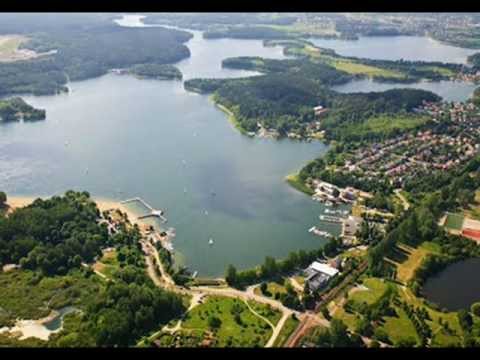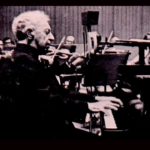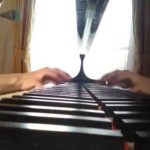Frederic CHOPIN: FANTASIA su arie polacche op.13 per piano e orchestra – Idil Biret
Panoramic photos of Poland,Mazury,countryside and personal photos from Olsztyn (July 2012)
composer
Frédéric Chopin
genre
Keyboard
Classical
Concerto
period
Romantic
comp. date
1828
pub. date
1834
parts / movements
Introduction: Largo non troppo
Air: Juz miesiac zeszedl
Theme de Charles Kurpinski: Allegretto
Presto con fuoco
Kujawiak: Vivace
This was Chopin’s second work for piano and orchestra, the first being his delightful Variations on “La ci darem” (1827). The Fantasia was written while the composer was a student at the Warsaw Conservatory, where he studied composition with Josef Elsner. The work is folk-inspired owing to its reliance on well-known Polish themes and to its overtly Polish character throughout. However, all the themes in it cannot be attributed to folk sources. The second air Chopin uses, for example, was written by Karol Kazimierz Kurpinski (1785-1857), a contemporary composer and conductor who led the orchestra for several of the young composer’s early concerts.
The Introduction comprises the first section of the Fantasia. Marked Largo non troppo, it begins with a slow but dramatic orchestral passage. The piano enters with a lovely dreamy theme and, except for a brief moment, does not yield the spotlight back to the orchestra for the remainder of this section. The next panel, marked Andantino, bears the title “Air: Juz miesiac zaszedi” and is based on that Polish theme. The music here does not significantly break from the serene mood of the introduction. Again the melody is lovely and the atmosphere tranquil. The piano dominates throughout most of this section, as well, and though Chopin’s keyboard writing is imaginative and colorful, it is a bit mired in the upper register early on.
The next section, entitled “Thème de Charles Kurpinski” (Kurpinski’s name is given the French equivalent), is marked Allegretto but manages to be only marginally faster in the first half than the previous panel. The Kurpinski theme is somewhat exotic and first heard on the clarinet in a quite lively account. The piano then enters to render a lyrical and slower version of it. The tempo increases midway through, as the piano writing turns more virtuosic and showy. The mood becomes subdued at the end to catch its breath before the Vivace finale, entitled “Kujawiak,” begins. The theme comes from the Kujawy region of Poland, located northwest of Warsaw. It is playful and exudes joy, but, as with all the thematic material here, really takes wing in Chopin’s skillful keyboard writing.
The orchestration in this work is not particularly imaginative, as was typically the case in Chopin’s larger compositions, including his piano concertos. He would soon turn away from orchestral composition altogether, and save for his songs and a few chamber works involving cello, would write exclusively for the piano. In any event, this is a fine early work by Chopin, worthy of continued attention by pianists and public alike. A typical performance of the Fantasia on Polish Airs lasts around 15 minutes.




